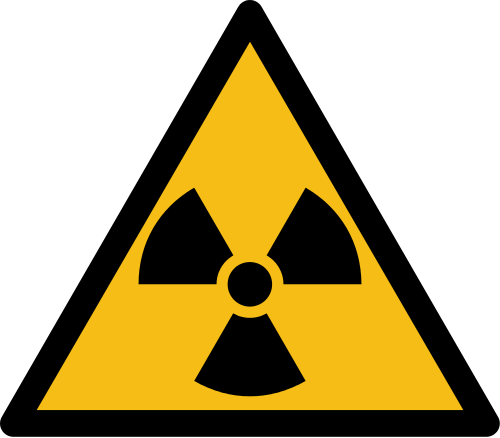While media attention has largely drifted away from the 2011 meltdown at the Fukushima Daiichi Nuclear Power Plant in the years since the disaster, a recent and disturbing development has once again made Fukushima difficult if not impossible to ignore.
On Feb. 2, Tokyo Electric Power Company, or TEPCO, quietly released a statement regarding the discovery of a hole measuring 2 meters in diameter within the metal grating at the bottom of the containment vessel in the plant’s No. 2 reactor.
Though news of this hole is indeed concerning, even more shocking was the associated jump in radiation detected in the area. According to estimates taken at the time of the hole’s discovery, radiation inside the reactor was found to have reached 530 sieverts per hour, a massive increase compared to the 73 sieverts per hour recorded after the disaster. To put these figures in perspective, NASA’s maximum amount of radiation exposure permitted for astronauts over their entire lifetime is 1 sievert.
(Read the rest of the story here…)
